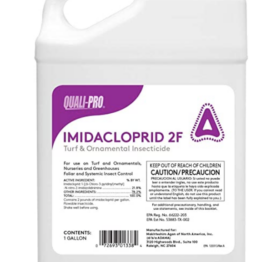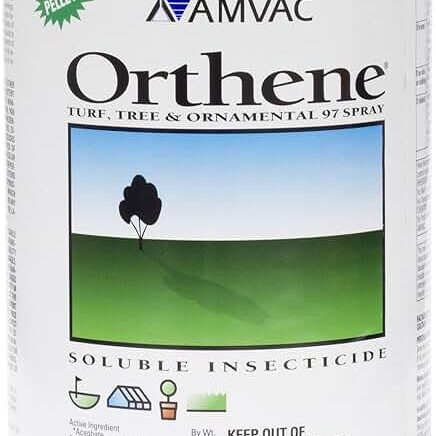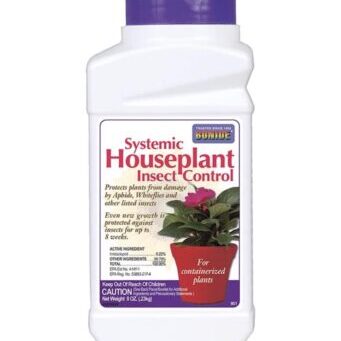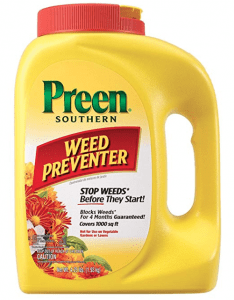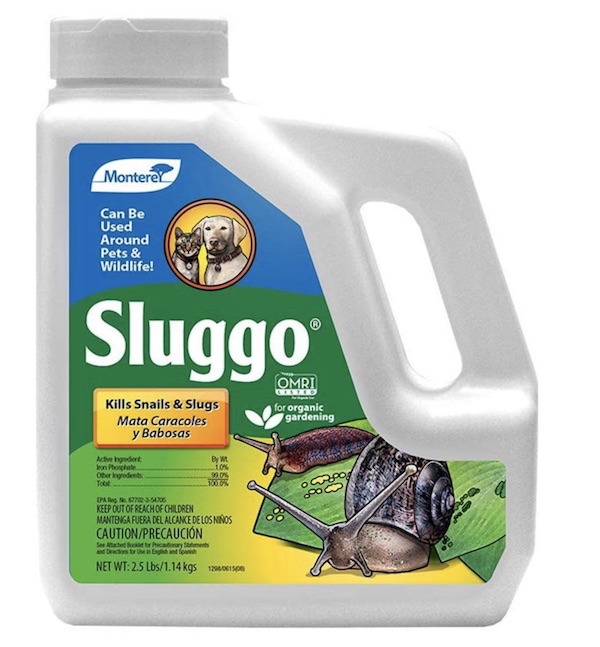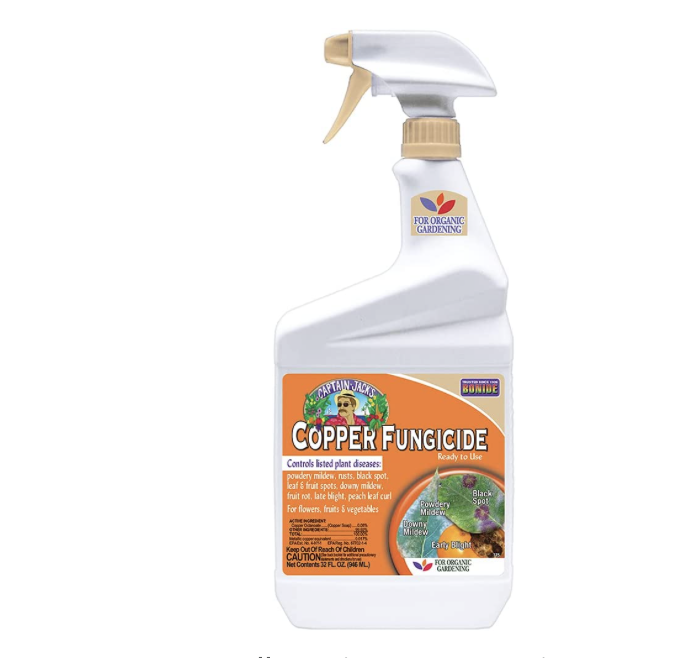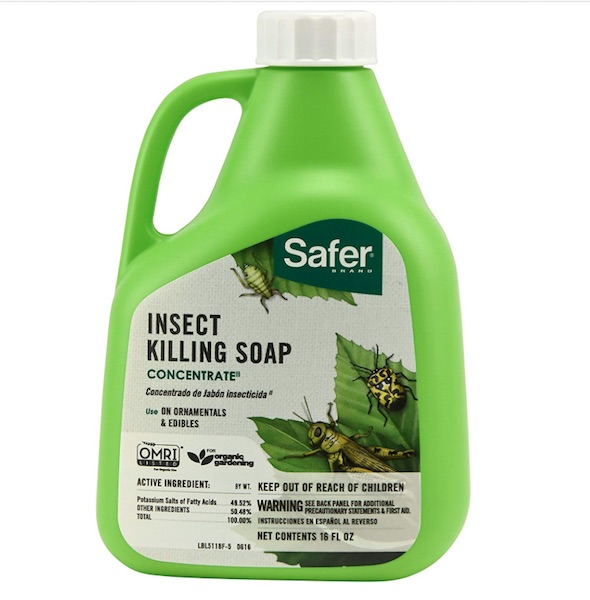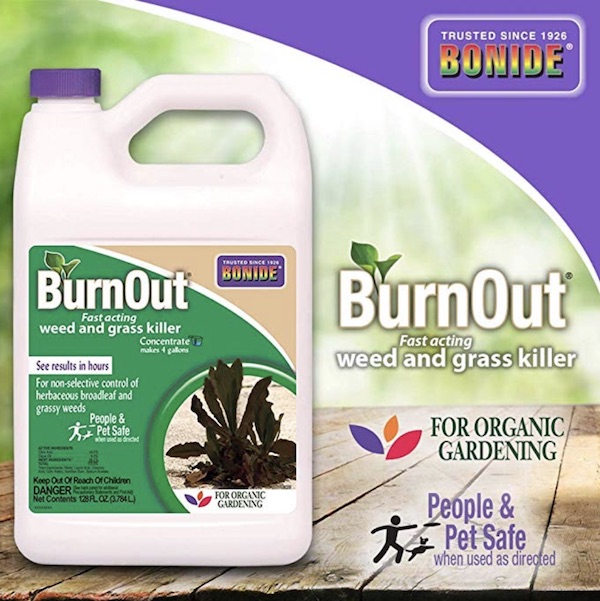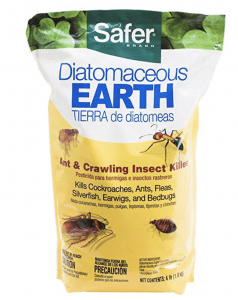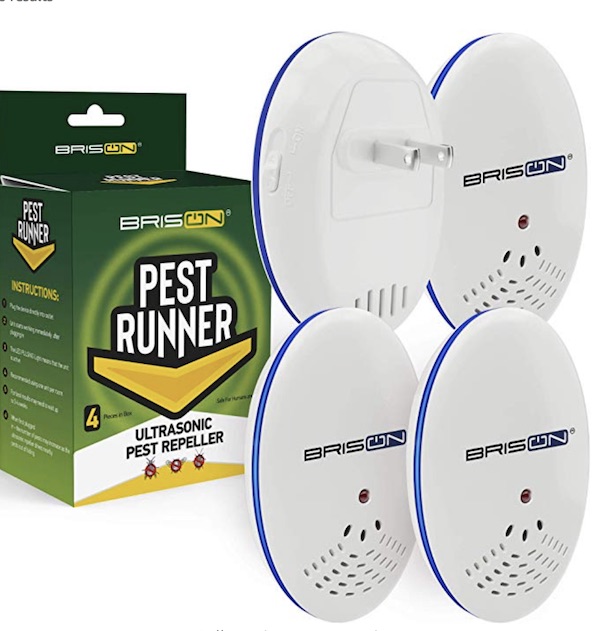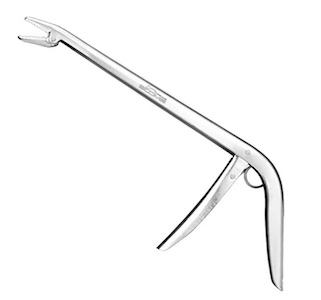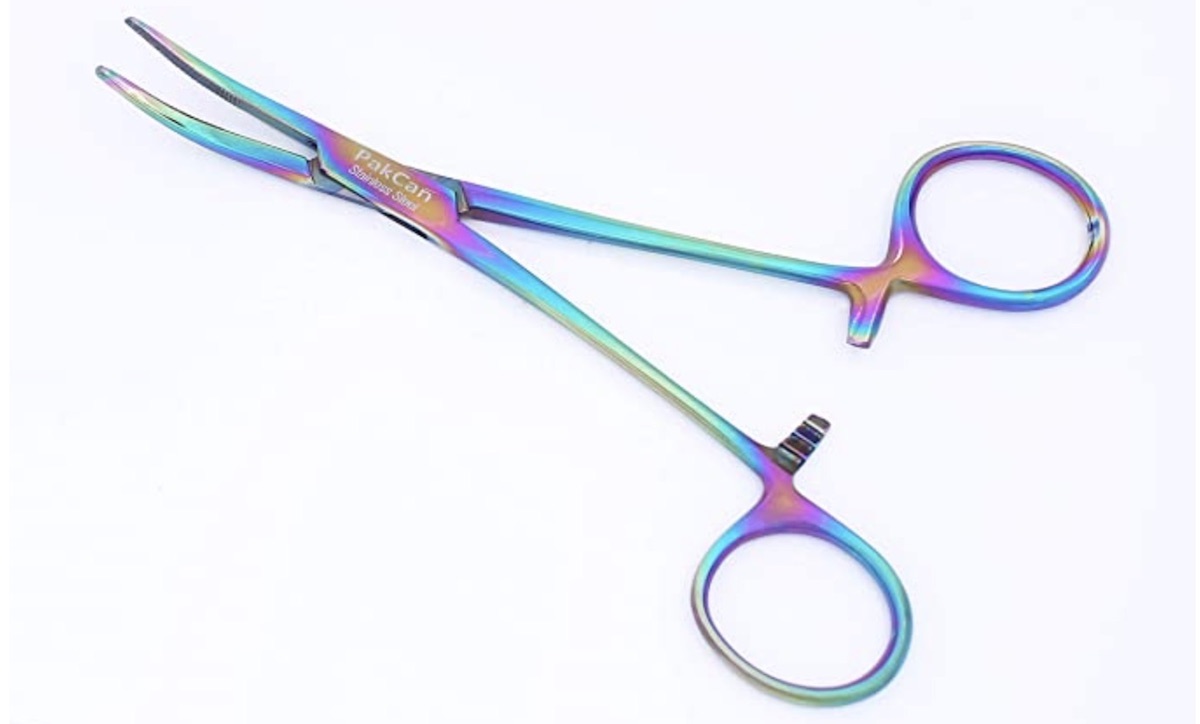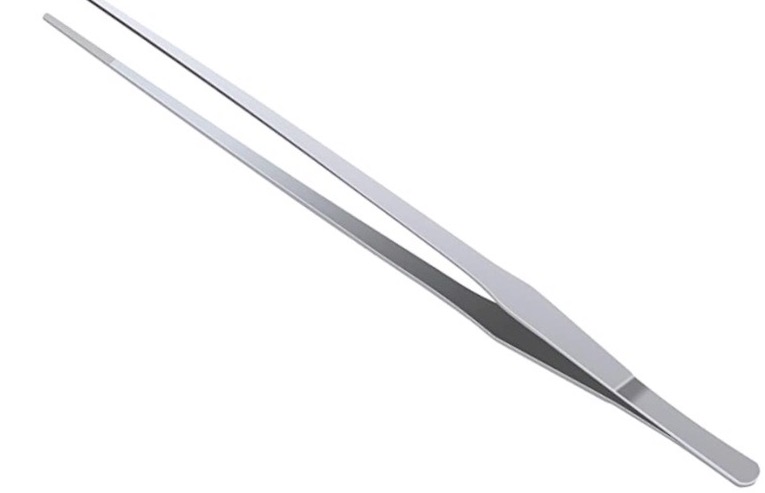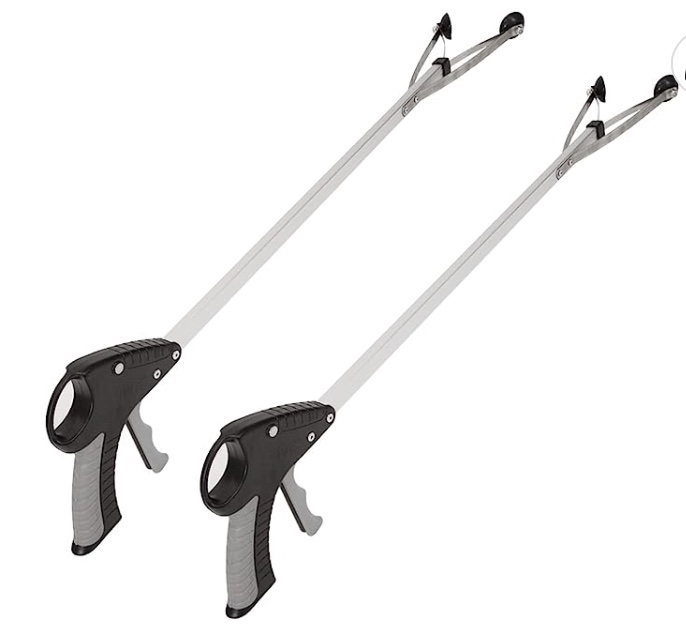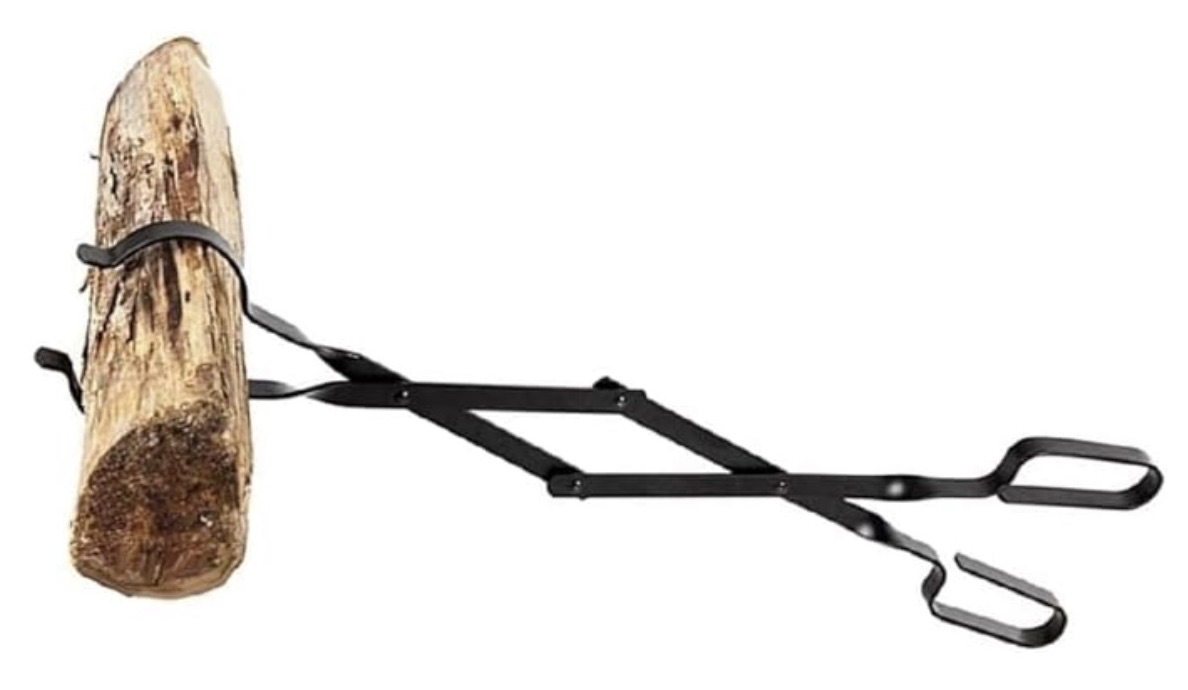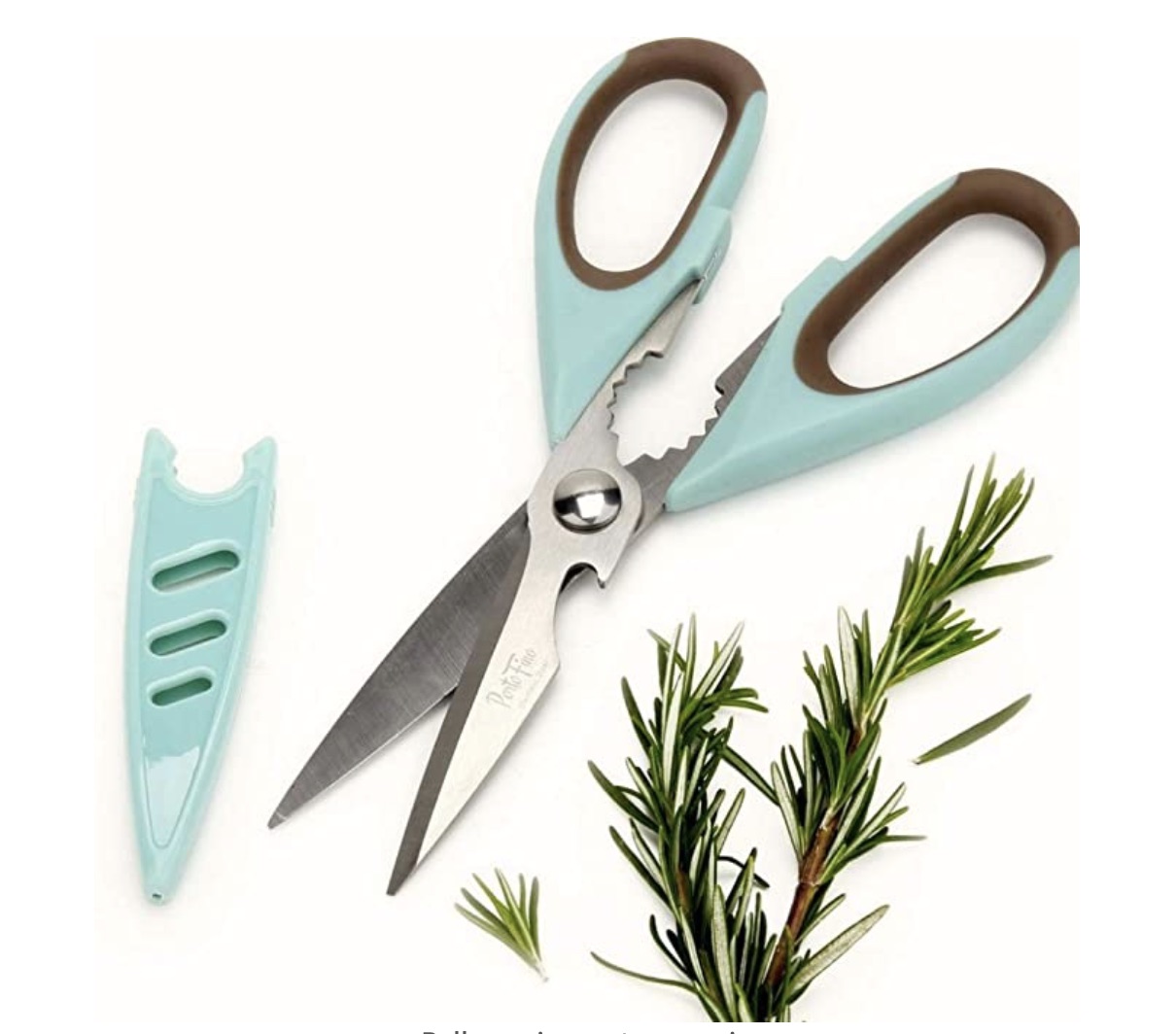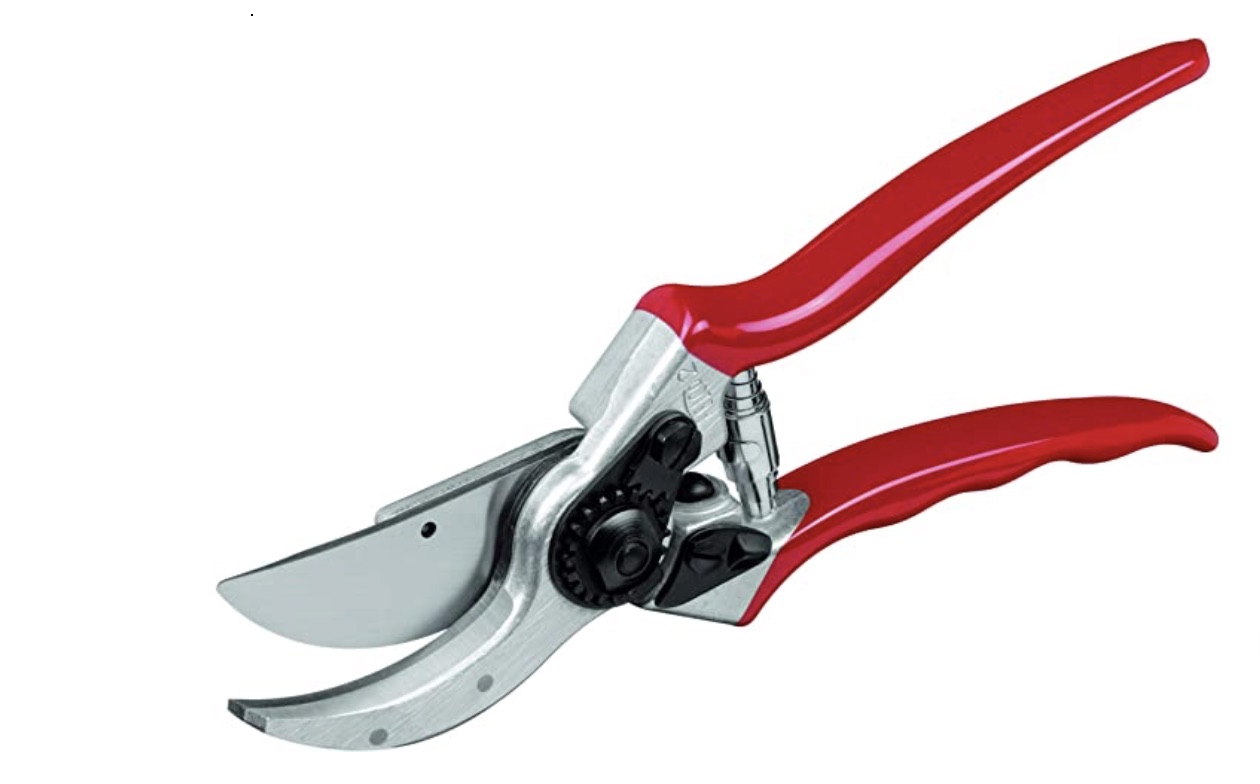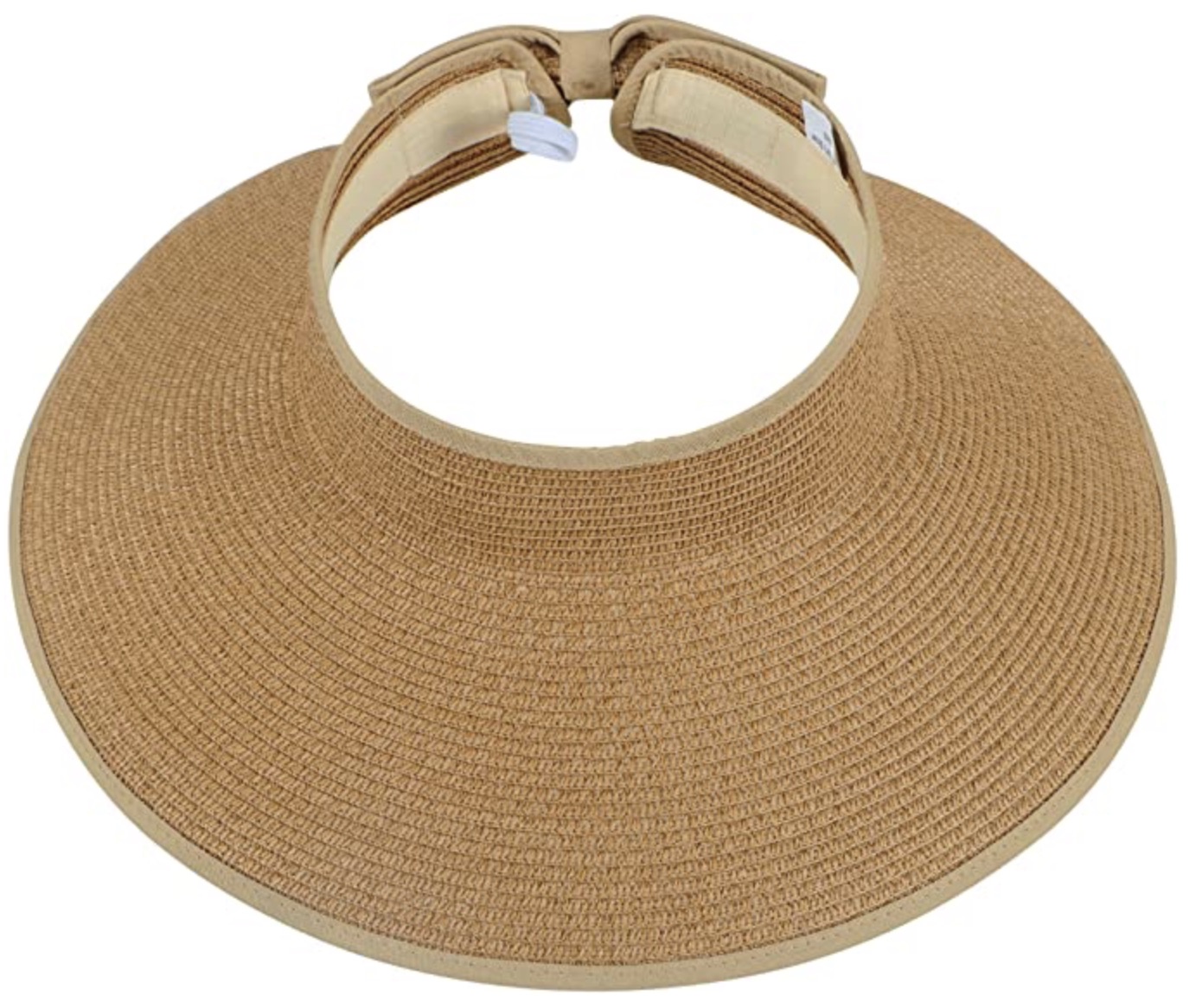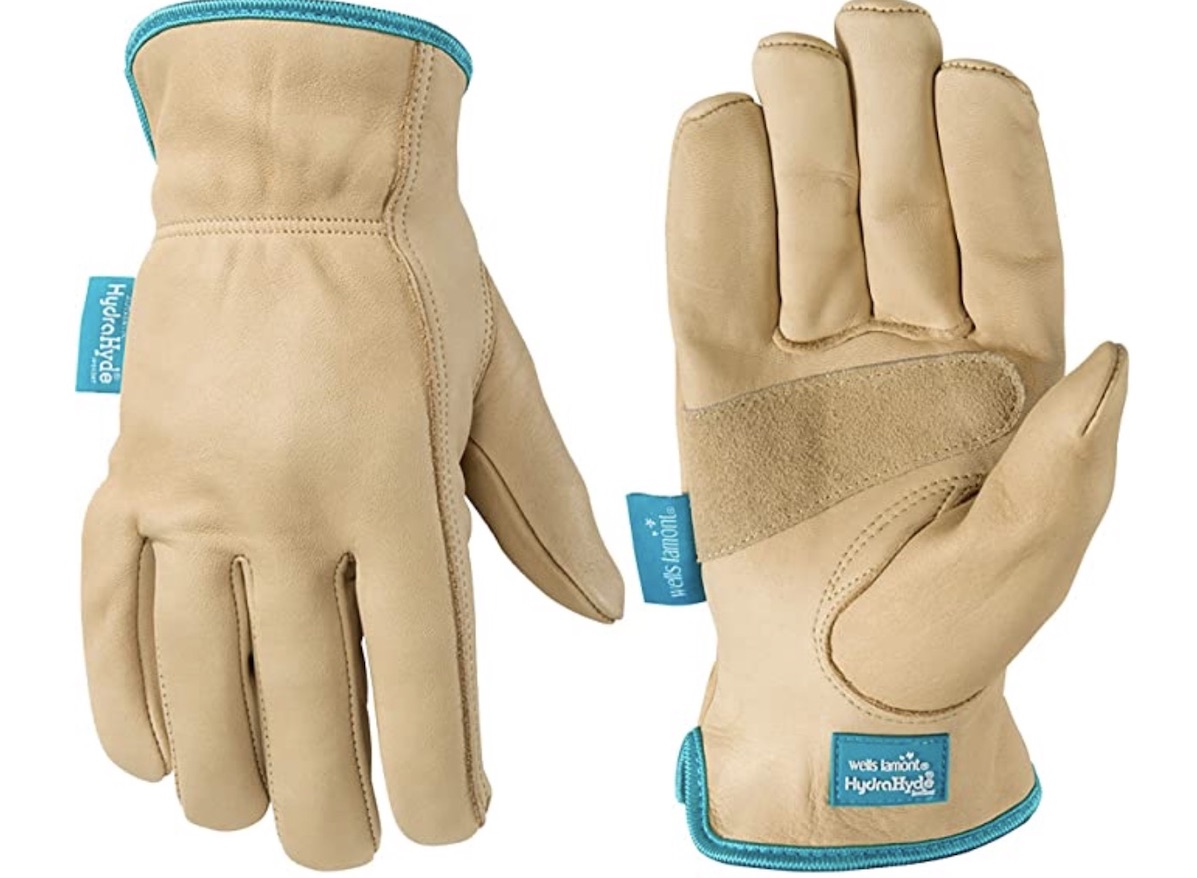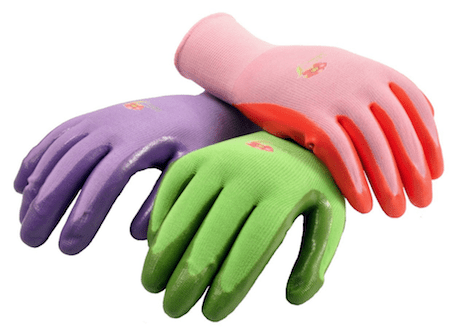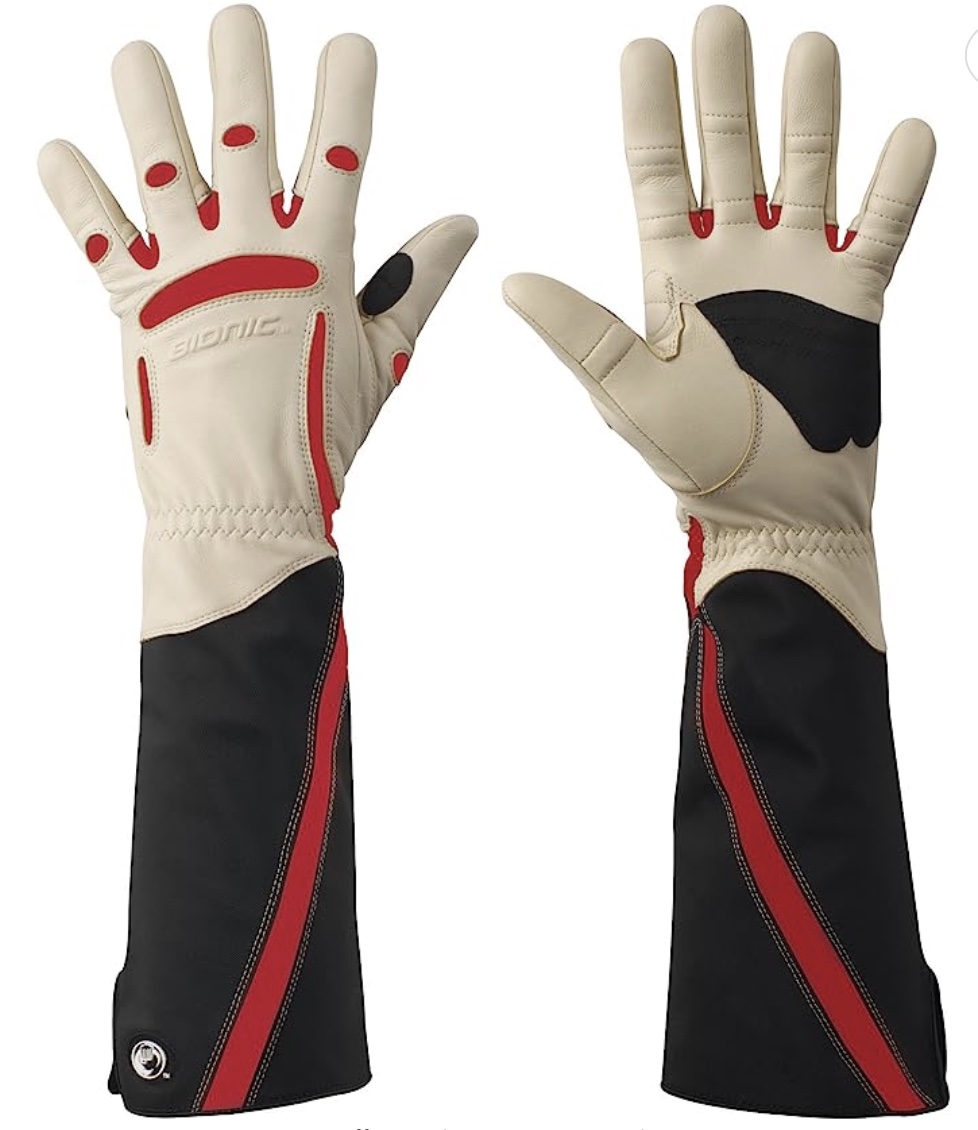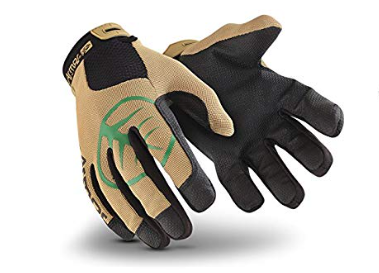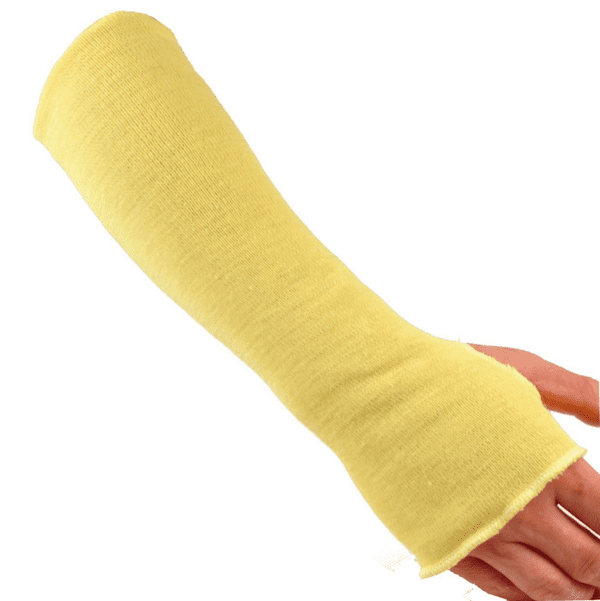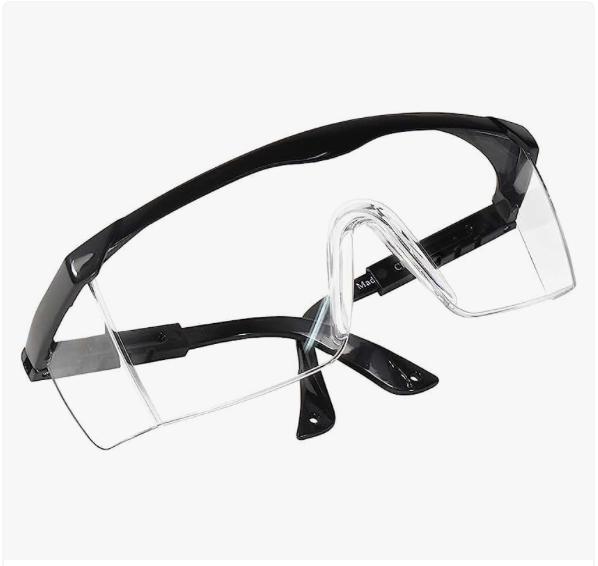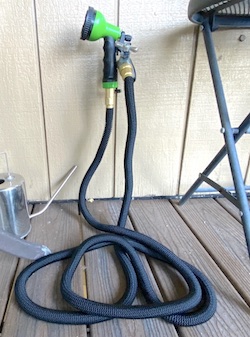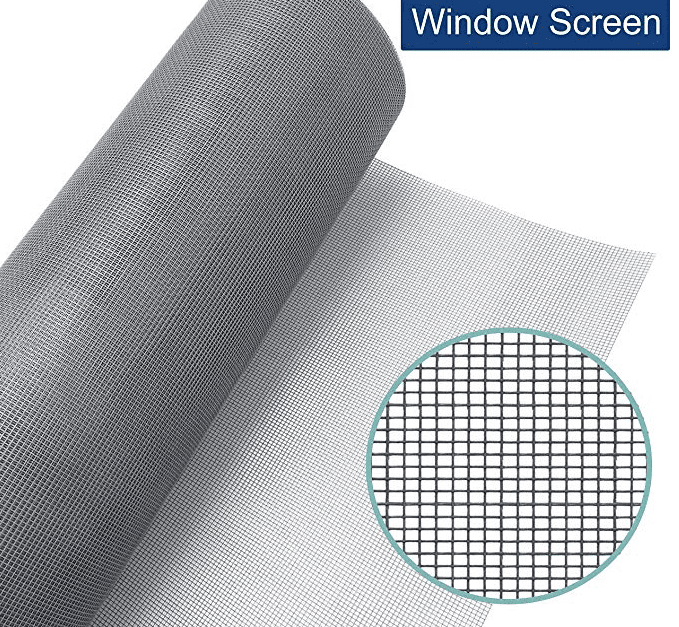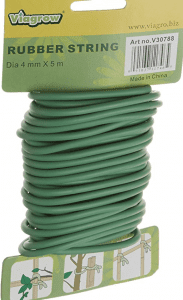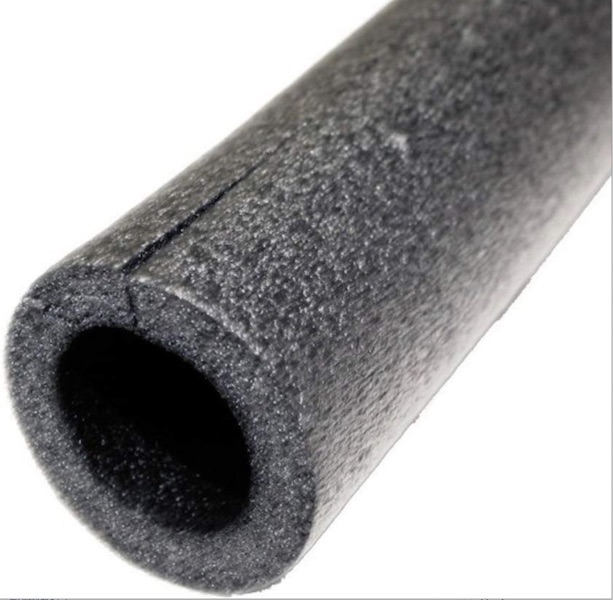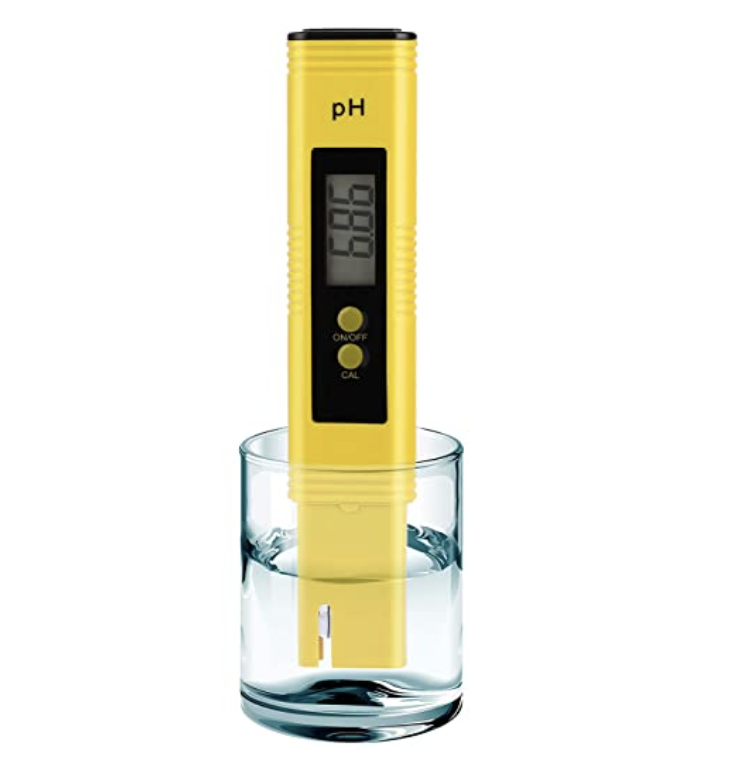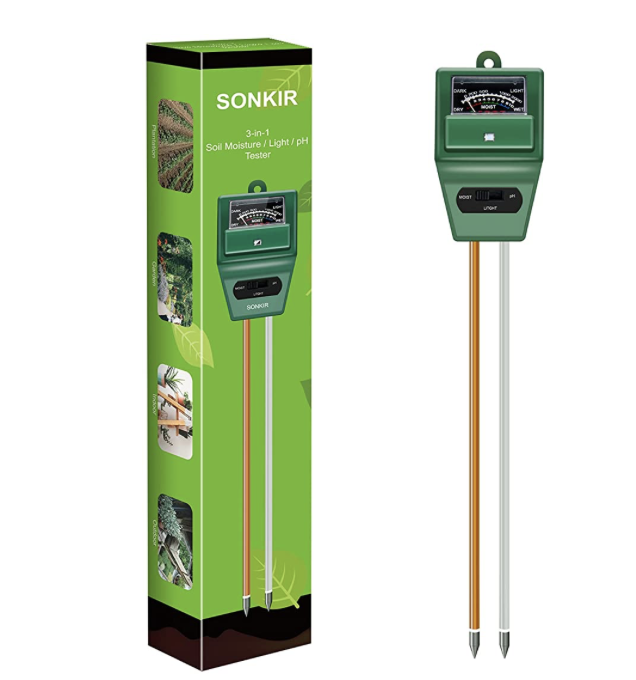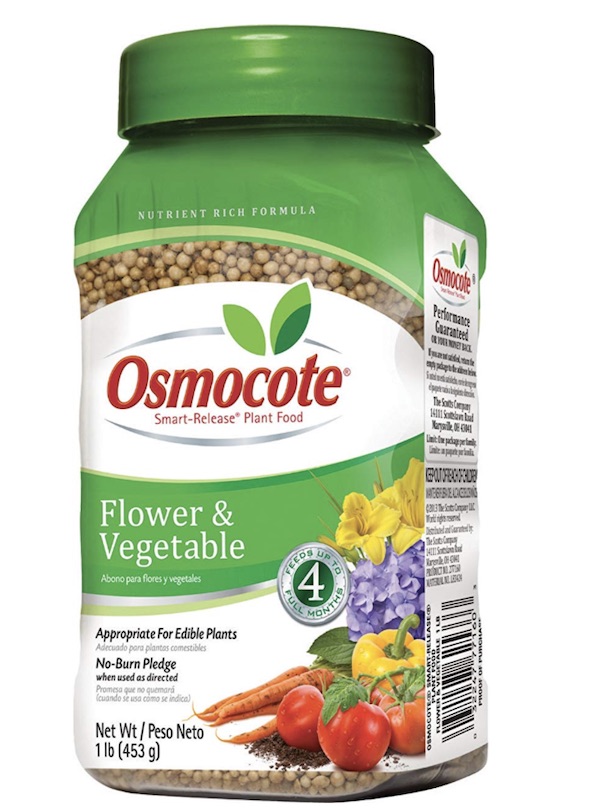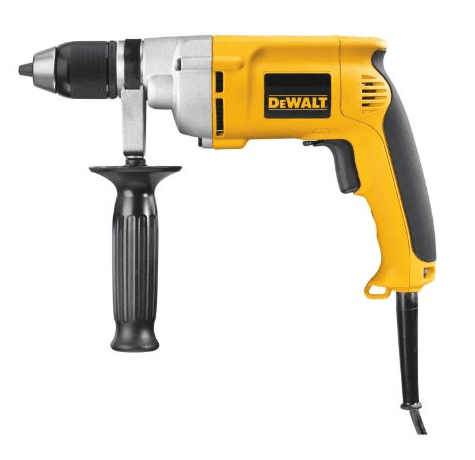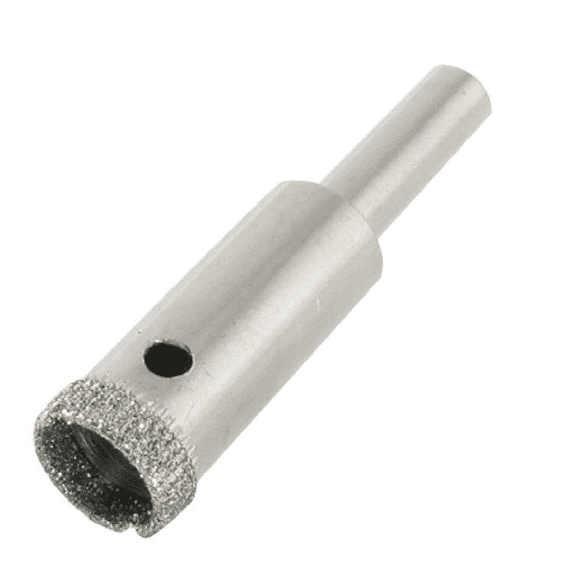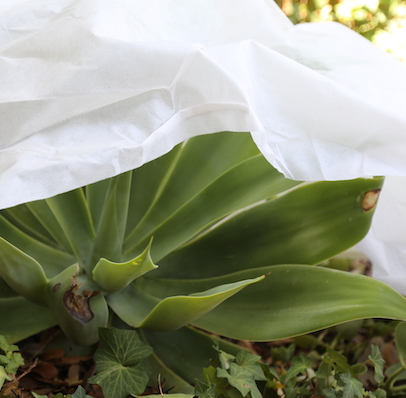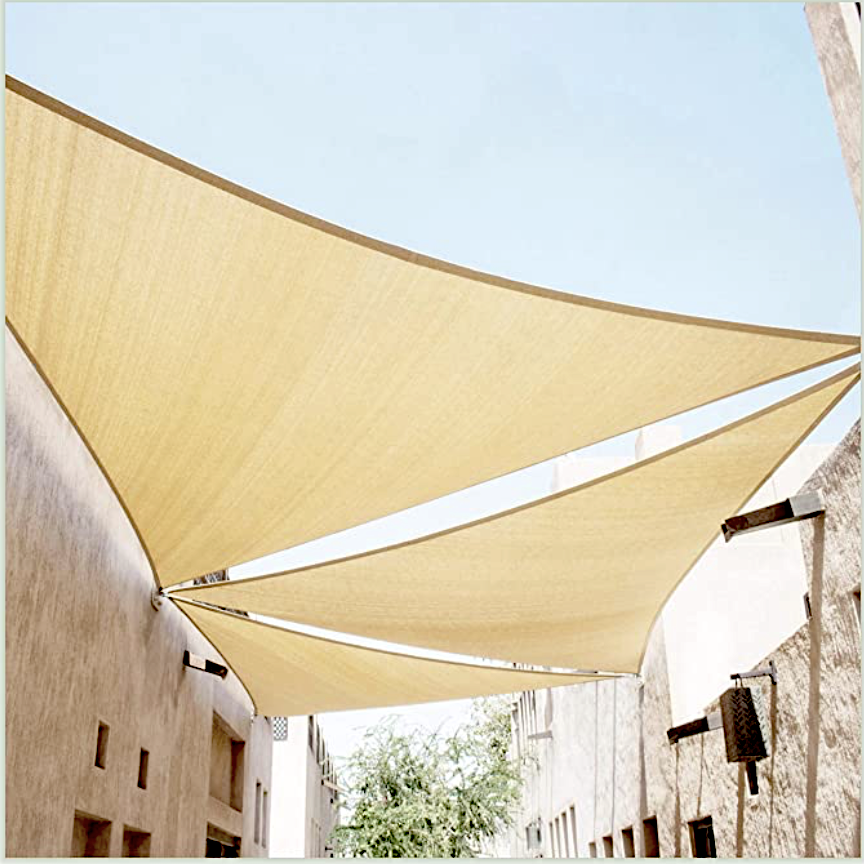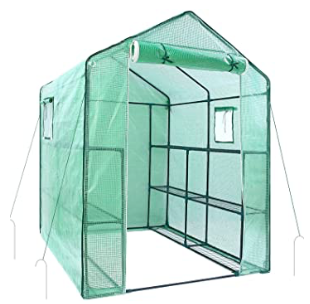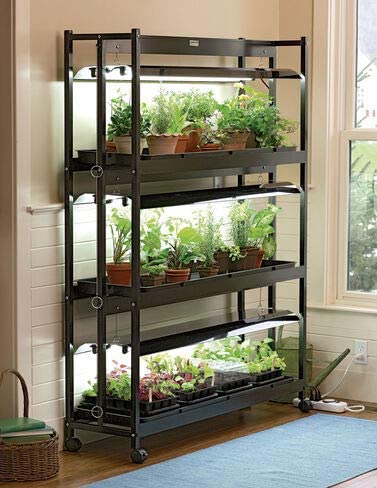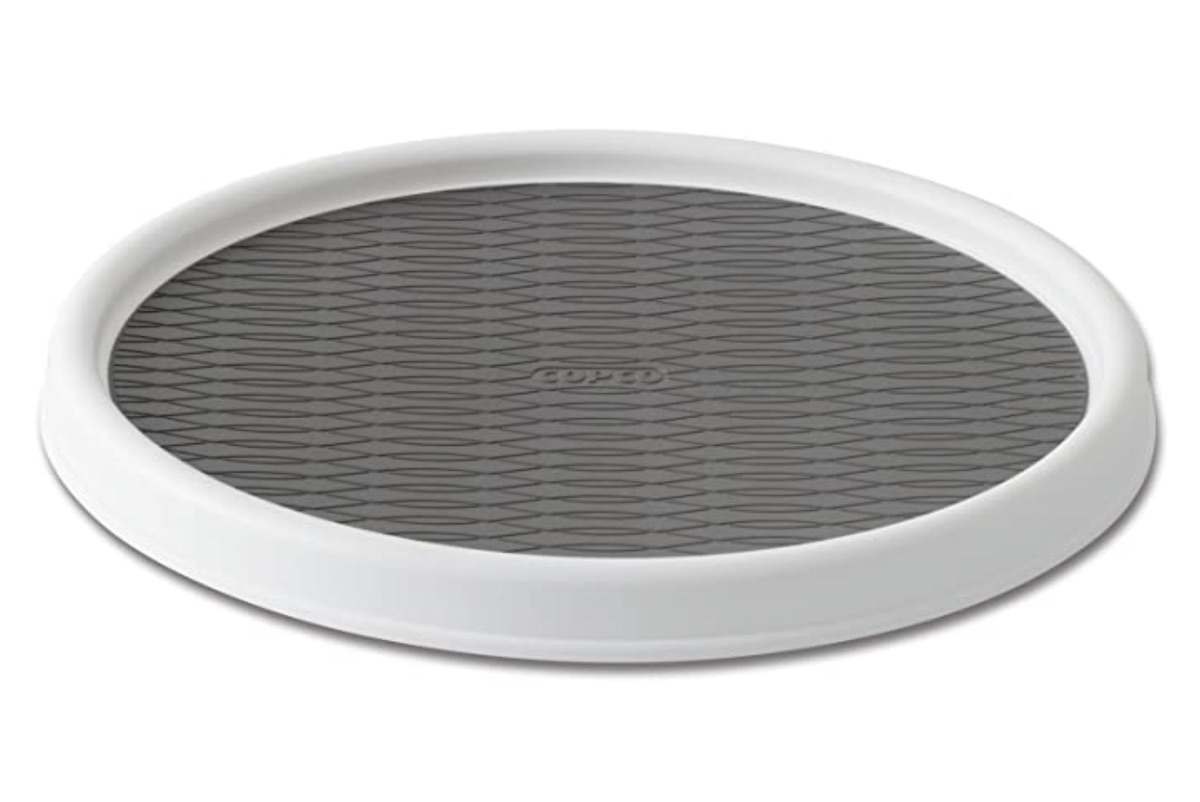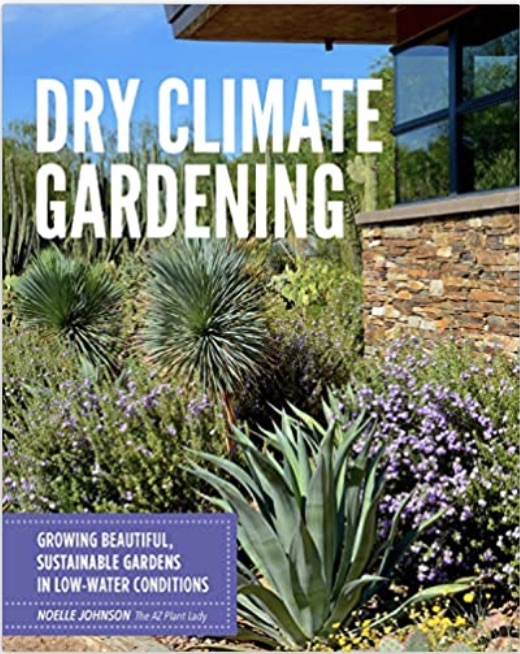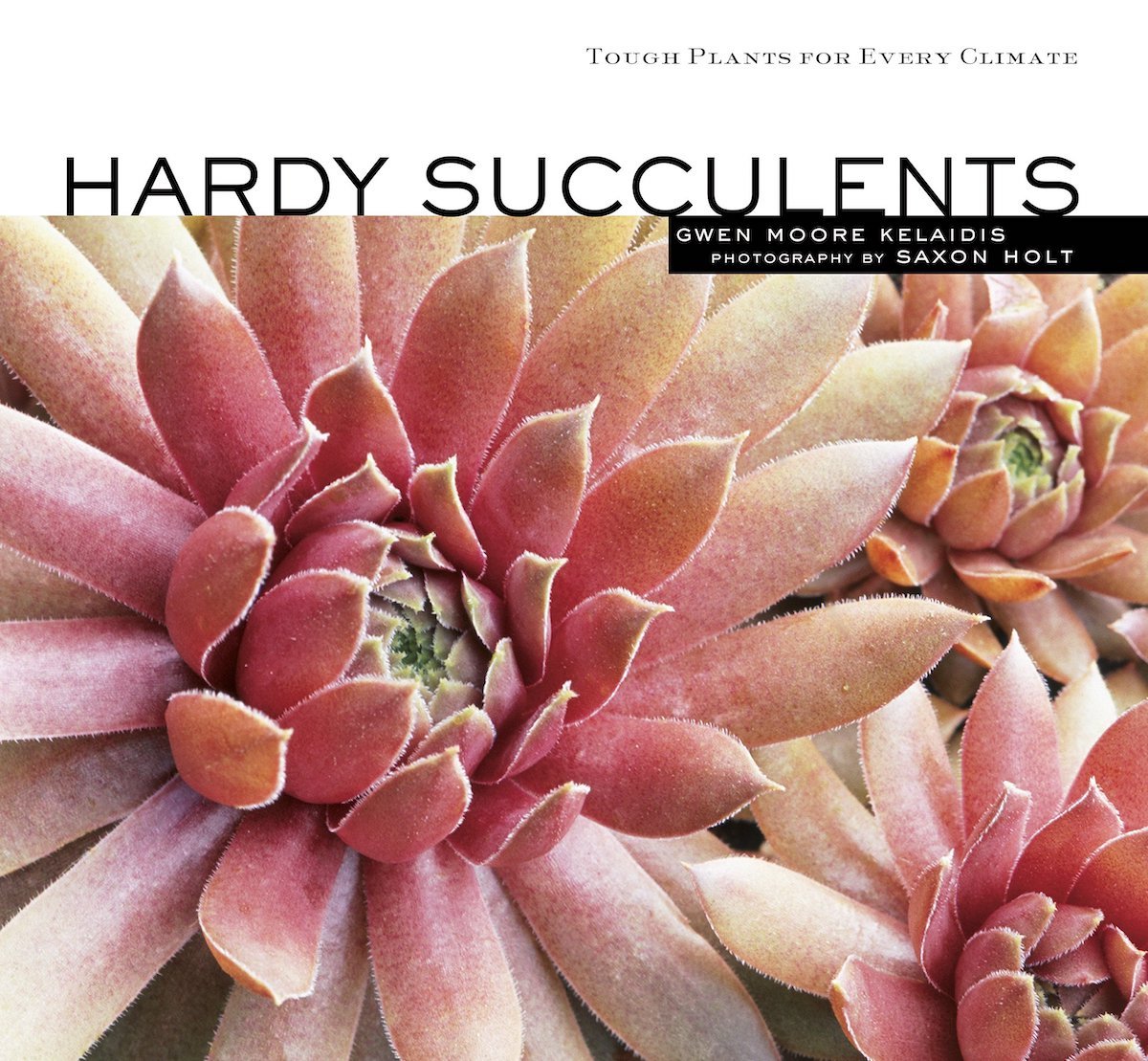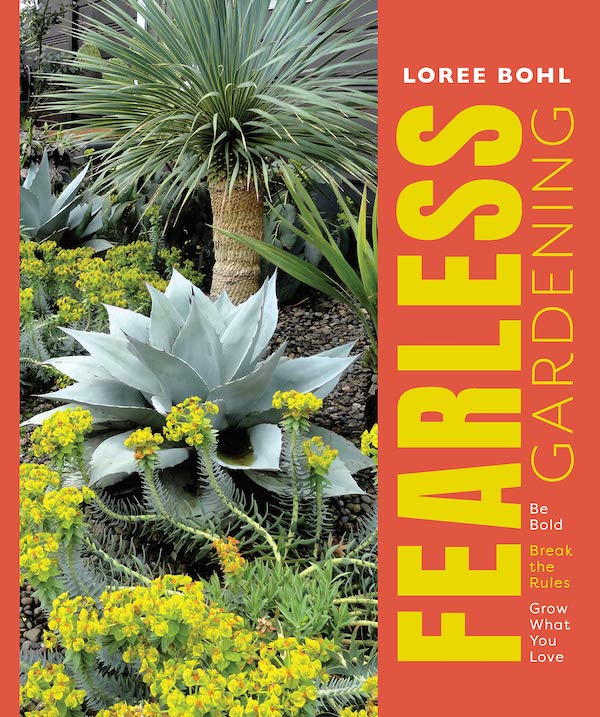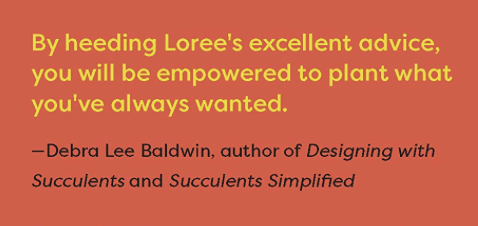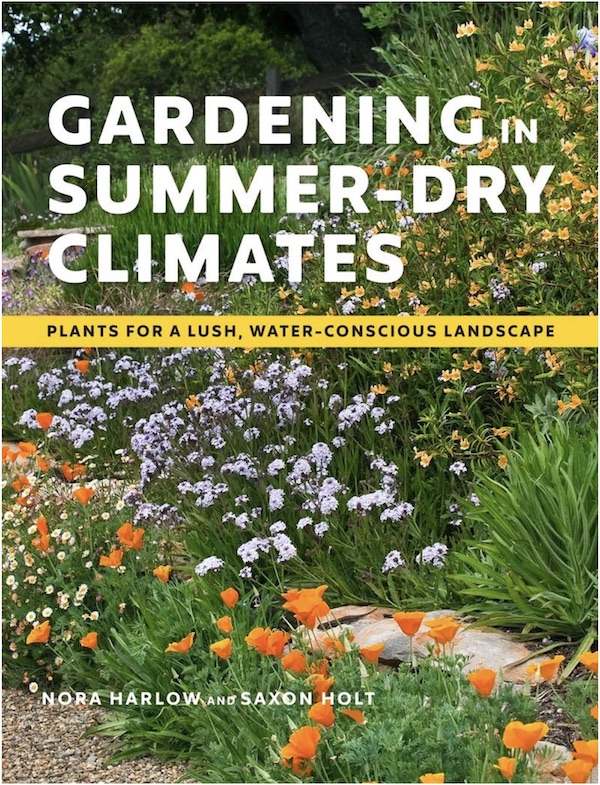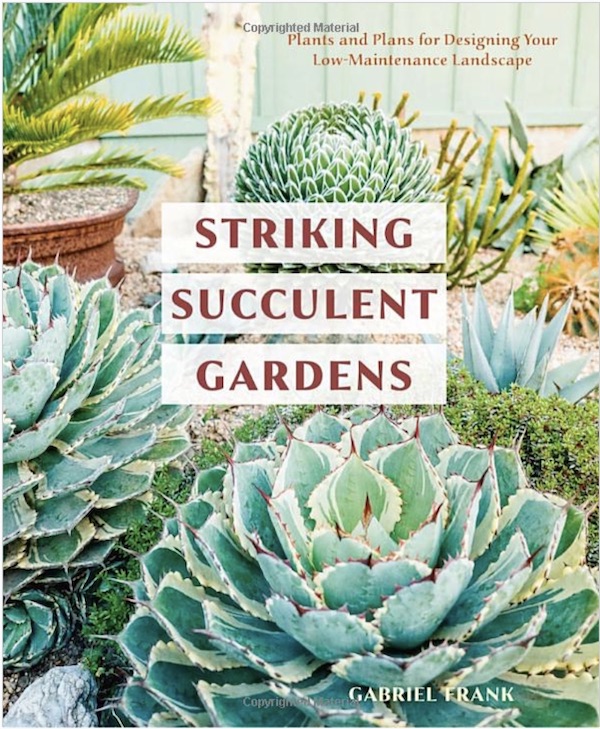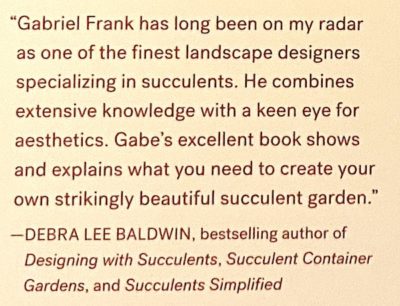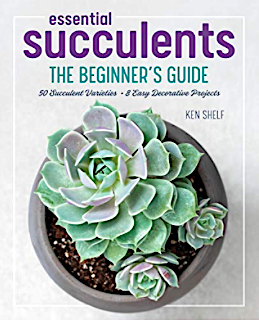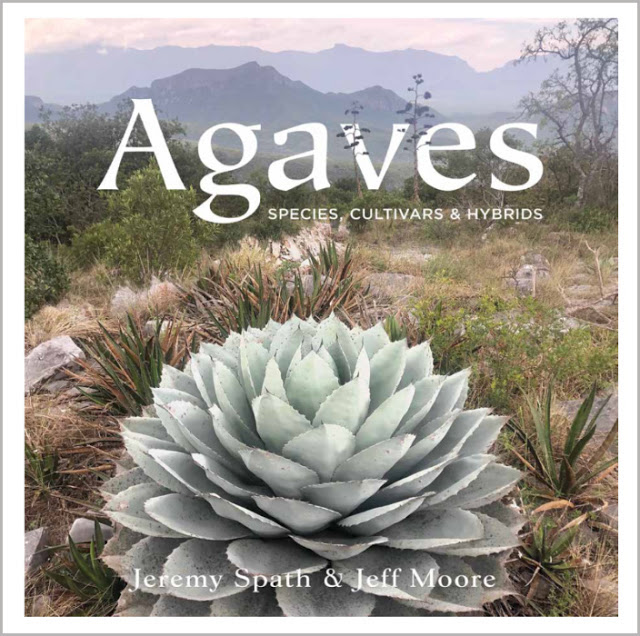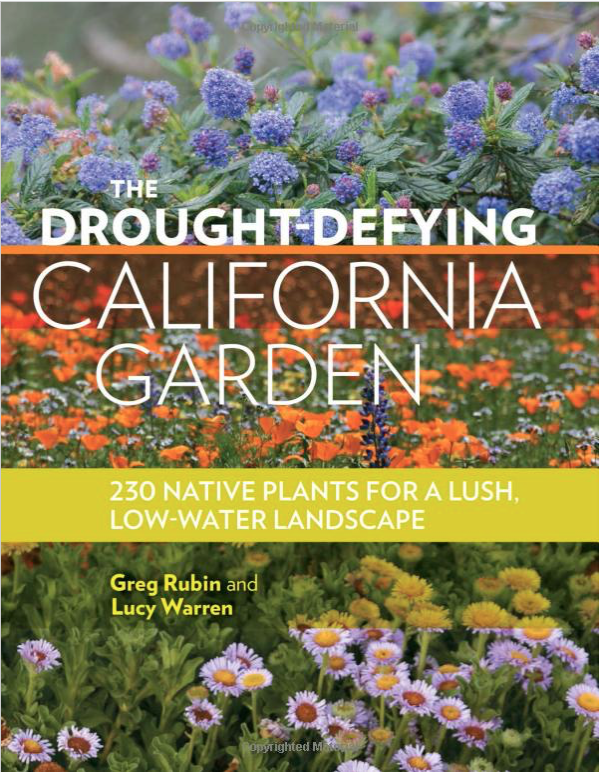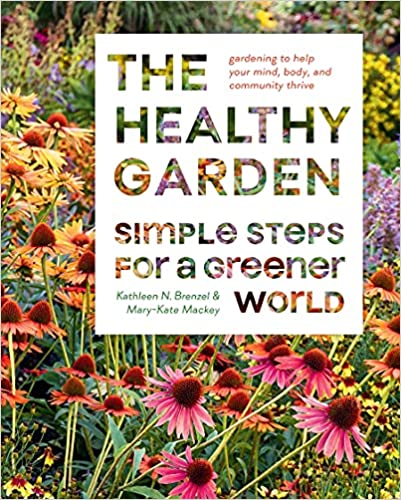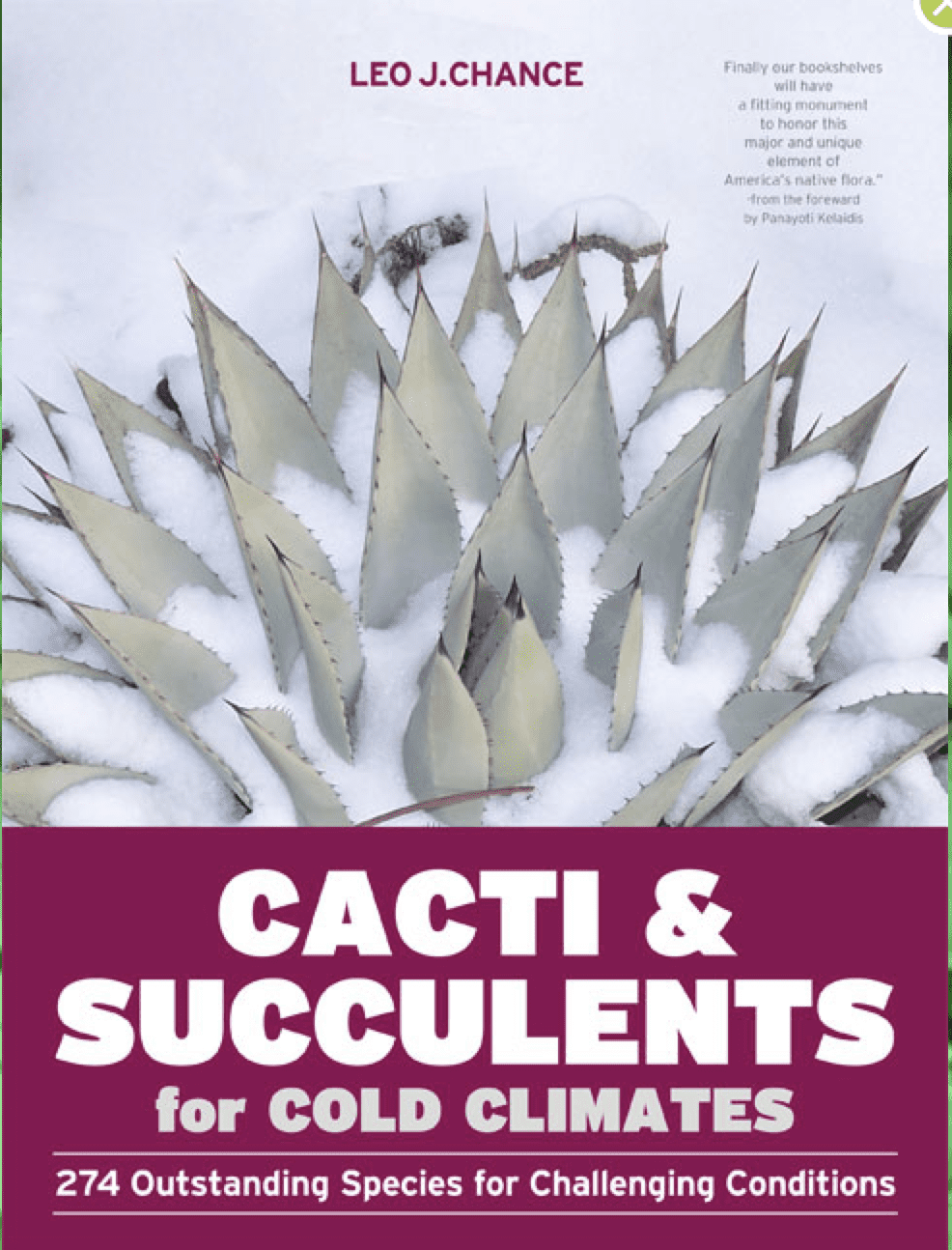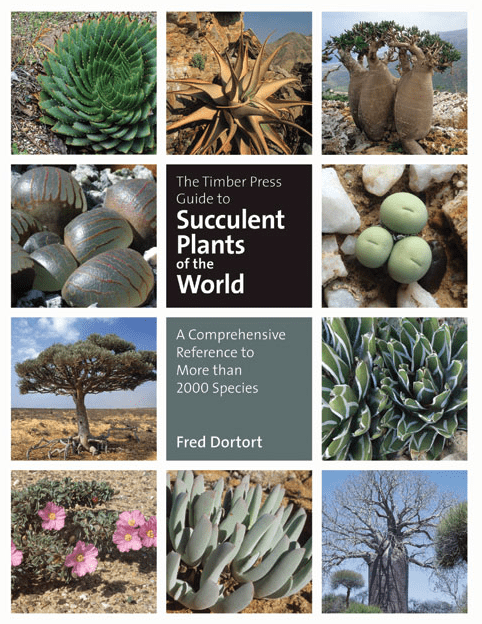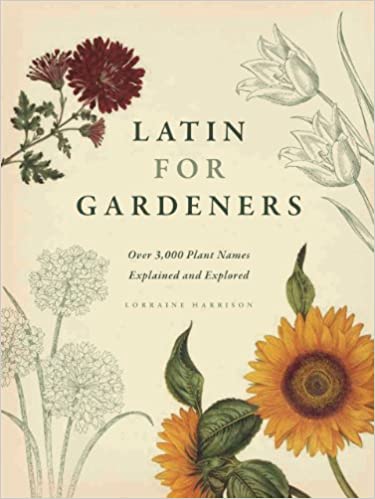The tools, books and products for succulent gardeners shown here are among my personal favorites. I update this list when I run across something I'm excited about and want to share. If there's an item you're looking for or would like to recommend, or a link that's out of date, please let me know! -- Debra
Where do I shop for tools and supplies for my own large garden? A great brick-and-mortar in the San Diego area is Grangetto's Farm and Garden Supply.
Click on the links below to jump directly to that section, or scroll down to take a look at everything.
Pest & Weed Prevention and Treatment
Agave snout weevil drench
Per my online article and YouTube video, both titled "Agave Snout Weevil Prevention and Treatment," experts recommend a systemic insecticide that contains Imidacloprid.
ACEPHATE: In CA, you can no longer obtain Imidacloprid unless you're a licensed pest control expert or nursery owner. Acephate (sold as Orthene) is the best alternative, especially used in combination with bifenthrin.
BIFENTHRIN: One brand is Talak. Bifenthrin is effective against snout weevils, especially when used in combination with acephate (sold as Orthene). Learn more, and find how-to and dosage on this site's snout weevil page:
Systemic insecticide for potted plants
When potting succulents, pre-treat for mealy bugs, aphids and other pests that deform or kill plants, by adding insecticidal granules per label instructions.
weed preventer
Spread a pre-emergent herbicide wherever annual weeds sprout. It prevents seeds from germinating. It should be watered-in, so right before a rainstorm is ideal. Bare dirt+sun+water=weeds, so distribute it on exposed soil and wherever weeds grew previously.
As a garden chemical, it's safer than most, much safer than Round-Up (which you won't need if you use this). Be sure to put some under spiky succulents so you won't have to weed around them come spring.
snail bait (sluggo)
Sluggo contains mainly iron phosphate and therefore is safe around pets and wildlife. It's labeled for use in vegetable gardens up until harvest, and remains effective after rain or irrigation. Pellets break down into fertilizer. 1 lb. covers up to 2,000 sq. ft. Apply Sluggo at the start of the rainy season (late fall in most of the US) and again in spring.
Copper Fungicide
Copper fungicide is effective in controlling common succulent diseases that result from excess moisture, such as blight, black spot and powdery mildew. Symptoms include limp, mushy and decaying leaves. Remove diseased leaves before treating healthy tissue and soil.
Safer insectical soap
Safer brand liquid insecticidal soap is environmentally safe and designed for plants. It's gentler than dish soap, which can damage leaves. To treat opuntia cactus infested with cochineal scale (white blotchy patches), dip a soft-bristled shower brush in Safer soap, and use it to scrub the pads.
weed killer
BurnOut weed killer is made with natural ingredients so it's environmentally friendly. Use it as an alternative to synthetic grass and weed killers like Round-Up. Controls annual broadleaf weeds, perennial broadleaf weeds, annual grasses, and perennial grasses. Works in just hours, dries after application, and becomes waterproof.
ant powder
Safer brand diatomaceous earth is a green alternative to powders containing pyrethrum. Comprised of crushed fossilized diatoms (fresh-water algae), it's soft to the touch for humans, but scratches and penetrates insect exoskeletons, dehydrating them. It must remain dry to be effective.
See my article: "Ants in Your Succulents? What to Do."
ultrasonic Rodent & Insect Repeller
These ultrasonic devices emit high-pitched sound bursts. Plug one into an outdoor outlet and it'll repel all sorts of pests and critters, yet it won't bother you, your dog or cat at all. I use one near bird feeders that tend to attract rodents, and another on my patio to keep mice and rats from nibbling lithops, cremnosedums and more.
Cactus weeding tool
Per the Ruth Bancroft Garden's newsletter: "This special tool helps grab weeds and other debris from inside and around your prickly plants so you can avoid impaling yourself with spines and glochids. We use them all the time here and they work great!"
On Amazon it's the "R1 Stainless Steel Fish Hook Remover Extractor 11-1/2 inches."
Garden Tools

My personal grab-and-go's
Items typically in my wicker tool basket include:
- hand shovel (trowel)
- kitchen tongs for grasping cactus
- 70% alcohol with a spray attachment (for aphids and mealies)
- steak knife for sawing through soft limbs (such as those of yuccas)
forceps (Clamps, hemostats)
These are useful for grooming dried or damaged leaves from aloes, agaves and other succulents. By locking (clamping) the forceps---which are a surgical tool---onto the leaf, you can easily wiggle or pry it loose to remove it.
Long Tweezers
When your fingers are too large, or a succulent has sharp points, use long (15-inch) tweezers to reach into it to remove fallen leaves and debris. Tweezers with serrated tips are best.
Long-handle grabbers
Want to remove fallen leaves from agaves, dasylirions, yuccas and more? These 32-inch, lightweight grabbers extend your reach into larger succulents. Suction-cup tips securely grasp small, wet or slippery objects.
Firewood tongs for cactus
Safely pick up log-like sections of columnar cactus (like silver swords or fence post cacti) with tongs designed for firewood. Stainless steel, 1.57 pounds, 26", strong and collapsible.
Soil Knife (Hori Hori)
It's handy to be able to cut through in-ground roots when planting succulents and cuttings. Get a soil knife that comes with a leather sheath. The 6-inch stainless steel blade has a deep serrated edge, a tapered slicing edge, and a sharp twine cutting notch.
Kitchen shears
Several brands of kitchen shears work well for pruning succulents, deadheading plants and other light pruning. The main thing to look for is a strong, sharp, pointed tip. Long, slender blades are good too. Once you have a pair of these among your garden tools, you'll wonder how you managed without them. Regular scissors (forgive the pun) just don't cut it!
Felco Pruners
These are the gold standard for serious gardeners and professional landscapers. I went through a dozen pairs of inferior pruners before getting my first Felcos. The grip, strength, sharpness and design are markedly superior. Plus they last forever. (When the blade gets dull, use a sharpening stone to make it good as new.)
Long Pruners (Bypass Loppers)
These are great for pruning small trees and shrubs, and essential for cutting euphorbia limbs. Loppers let you trim with precision without getting too close to plants that drip milky latex sap.
Wide-Brim sun visor
I prefer this versatile sun hat/visor to a baseball cap because it shades my entire face and neck. Plus I think it's more flattering---it's fine for outdoor events, nurseries and the beach. It's comfortable, cool (vents through the top), and squashable. Rolls up if you need to pack it.
Leather garden gloves
Protect your hands from dirt, microbes, chemicals, abrasion, getting cut or poked, and broken fingernails with quality garden gloves. I prefer leather or suede, because such natural materials breathe. On average, I go through two pairs a year. Once I find a brand I like, I order them in quantity. Don't leave garden gloves outdoors, exposed to the elements---the leather stiffens.
Nitrile gloves
Before potting small cacti, I put on a pair of nitrile gloves and have a friend wrap them with duct tape.
Flexible Gauntlet Gloves
Michele in Davis, CA writes: "Most gauntlet gloves have proven too bulky to allow me to use my hands very well (though at least my arms were protected)." Then she tried Rose Gardening Gloves by Bionic Gloves: "I can reach in and work on my puyas without getting ripped to shreds! They've been a real bonus for me when working around all my 'blood-letting' plants."
Thorn Armor gloves
For the money, Thorn Armor gloves are great at deflecting spines. They're what Arizona artist Jim Sudal wears when creating his life-sized Xmas trees from spiny opuntia pads. But if money's no object, go with the needle-resistant gloves police wear when searching suspects' pockets.
Kevlar sleeves
Kevlar sleeves are a must when gardening in close proximity to spiny plants like cacti and agaves. These cut-resistant tubes protect your arms, are made of stretch fabric, and have a thumb slot. Around $8 per sleeve (sold singly, so order two).
Safety Goggles
Safety Goggles protect your eyes when you're working around and down into agaves and other pointy succulents...and those that might squirt toxic sap, like euphorbias. I have two pairs: one that's clear and scratch-proof with side protection; and another that fits over my prescription glasses and is tinted like sunglasses. I keep a couple extras on hand for workers, too. Prices vary, but good-enough ones are about $10.
Hose-End trigger sprayer
A hose-end trigger sprayer ensures water goes where you want it and isn't wasted.
Gilmore's Thumb Control Hose Nozzle is a terrific sprayer with easily adjustable apertures, from mist to narrow blast.
Stainless steel garden hose
No more hefty rubber hoses! My new stainless steel garden hose is lightweight, doesn't kink or get tangled, is smaller overall, puncture-proof and super easy to coil-up. It's one of the best things about gardening in the 21st century. Two cautions, though: Get one that's stainless steel, not aluminum. And don't drive over it! I flattened part of mine by accidentally doing so. (It still works.)
Expandable Garden Hose
Expandable hoses are modern-day marvels. They shrink when empty, then expand to three times their size when full of water. Perfect for tight spaces---this one's on my deck. It's flexible and doesn't tangle easily. Plus it's soft, so I don't risk tipping-over pots when using it. I like that it came with a spray nozzle, too.
Window screen
I use pieces of window screen (sold by the roll) to keep soil from falling through the drain holes of pots. You also can use drywall tape, but I prefer the finer mesh of window screen because it keeps pests (like ants) from entering the soil through the drain hole. I know it's overkill to buy a roll of screen for a single pot, but really, you should be using it in ALL your pots. Share the surplus with gardening friends. Cuts easily with scissors.
Rubber coated wire "string"
I use soft, flexible rubber-coated wire instead rope, stretchy blue-green tape or regular wire for tying branches and training plants. Rubber-coated wire is tough but bendable, easy to secure (twist), and doesn't harm plants or your hands. The color blends right in.
I use pieces of closed-cell pipe insulation to protect young tree trunks. The cylinder is slit lengthwise, so it's easy to wrap around the trunk. Staking is often needed with young trees to keep them upright. The foam protects the bark from being abraded or cut by whatever you use to secure the tree. I've used it for woody trees, like acacia and palo verde.
Did you know that giving succulents water with the wrong pH can inhibit the plants' ability to take up nutrients? This leads to less vigorous growth and may cause yellowing. Urban and residential water tends to be alkaline, meaning it has a pH higher than 7, which is neutral. The ideal pH is slightly acidic. A pH meter offers peace of mind. Learn more in my article about water pH for succulents.
Easy to use and no batteries needed. Good for determining if your potted succulents need more or less light or water, and how close the soil is to optimal pH (slightly acidic). Soil Moisture/Light/pH Tester.
Fertilizer
Ozmocote when planting pots
Add 1 tsp. of Ozmocote per six inches of the container's diameter. See how expert Tina Zucker uses it when planting echeverias in this video, at 1:54.
SPRING: potted succulents
I give mine half-strength fish emulsion.
SPRING: IN-GROUND SUCCULENTS
In March or April, as succulents awaken from dormancy, apply a balanced granular fertilizer ("triple 15", 10-10-10 or similar).
Winter: In-Ground succulents
Before or after a storm, spread Ironite per package directions. It greens-up plants and promotes new growth. Avoid getting it on hardscape (it stains).
Tools to Drill Holes In Pots
Dewalt DW246 7.8 Amp 1/2-inch drill
In my YouTube video, "Drill Holes in Nondraining Containers," the power drill is a DEWALT DW246 7.8 Amp 1/2-Inch Drill with Keyless Chuck.
Diamond Drill Bit
The diamond drill bit ("1/2 inch Diamond Tipped Hole Saw Drill Bit for Ceramic Tile Glass") came from Home Depot, but it's also available on Amazon.
FROST AND SUN PROTECTION
Cover plants during brief frosts and heat waves with DeWitt's winterization cloth freeze blanket, Agribon's floating row cover; Pellon nonwoven fabric; or simply use old bedsheets.
Use a sun sail to create shade for succulents and people too. Improved versions are heavy-duty, water-permeable and block 95% of UV rays.
If temps drop into the 20s, store potted succulents in a Walk-In Greenhouse that can be dismantled and stored during warmer months.
You'll need a timer that automatically turns lights on and off to simulate daylight. This one has multiple outlets.
Overwinter succulents indoors with a plant-shelf unit. Many come with adjustable lights, full-spectrum bulbs, drip trays, wheels, and shelves that provide 18 square feet or more of growing space.
Other Useful Items
Items You May Already Have
Kitchen tongs are handy for grasping and potting-up succulents with spines and sharp tips, and for twisting pads off opuntias.
A turntable (lazy susan) with a nonslip texture. Set the pot atop it and rotate it as you work.
I wouldn't be without a chopstick to settle roots of succulents. It's essential when small nursery plants are tucked together tightly, to manipulate their root balls to settle them.
An old metal teaspoon (mine was mangled by the garbage disposal) is perfect for funneling topdressing into gaps between plants. You can also use a real funnel, but anything larger than coarse sand may clog it.
A soft artist's brush is great for cleaning dirt off leaves and spines, and the pointed end of the handle can be used like a chopstick to settle roots.
Duct tape wrapped around the fingers of nitrile gloves lets you pick up small cacti without getting poked.
dry climate gardening
Applause for "AZ Plant Lady" Noelle Johnson! Her beautifully illustrated, comprehensive and practical Dry Climate Gardening is ideal for gardeners in the arid Southwest. I'm delighted to include it among my reference books and to recommend it to succulent lovers---especially those who have moved from CA to AZ or plan to do so.
Hardy Succulents
Enjoy the quirky vibrancy of succulents wherever you live! Hardy Succulents by Gwen Kelaidis offers clear growing instructions for cold-climate succulents suitable for Zones 8 and below. This entertaining, comprehensive guide includes stunning photography by Saxon holt. A must for succulent collectors in northern and eastern states.
Gardening in Summer-Dry Climates
Saxon's photography captures the heart and soul of gardens and plants, making them unforgettable. If you live where it rains mainly in winter (like Southern CA) followed by months with nary a drop, Gardening in Summer-Dry Climates: Plants for a Lush, Water-Conscious Landscape is a must-have.
Lesley Corbett, a citizen scientist and gardener who lives in a fire-prone area, became determined to find accurate, science-based information about plant flammability "to counter all the false information out there." The Australian author did a remarkable job of compiling flammability ratings on 500+ ornamental plants. Her book, Safer Gardens, now available in electronic formats, includes research based on forestry services and other reputable sources worldwide.
The Gardener's Guide to Cactus
Isn't it time that cacti found their rightful place alongside smooth-leaved succulents? In The Gardener’s Guide to Cactus: The 100 Best Paddles, Barrels, Columns, and Globes, Arizona designer/horticulturist Scott Calhoun brings the beauty and ease of cacti to home gardens large and small.
Essential Succulents: The Beginner's Guide
Author Ken Shelf owns Succulence, a garden and lifestyle store in San Francisco. Over the past decade, he has taught numerous classes and workshops on succulents and vertical gardening. He also creates masterful succulent centerpieces and arrangements for special occasions. Order Essential Succulents: The Beginner's Guide.
AGAVES: Species, cultivars, Hybrids
Stunning photos capture the beauty and fierceness of these sculptural succulents in ways both artistic and definitive. "Agaves" not only has comprehensive cultivation info and plant IDs, it's a good read. Authors are nursery owners Jeremy Spath of Hidden Agave and Jeff Moore of Solana Succulents. See my video tour of Jeremy's nursery in which they introduce their book.
The Drought-Defying California Garden
Californians, face it: We're going to have to learn how to garden with the absolute minimum of water. The Drought-Defying California Garden highlights the best 230 plants to grow, shares advice on how to get them established, and offers tips on how to maintain them with the minimum amount of water. All are native to CA—making them uniquely adept at managing our harsh climate—and include perennials, annuals, shrubs, trees, and succulents.
The Healthy garden: Simple steps for a greener world
Award-winning authors and popular speakers Kathleen Norris Brenzel (Sunset Western Garden Book) and Mary-Kate Mackey combine practical advice with insights on how gardening builds resilience, personal happiness, and community strength. Filled with savvy tips from experts, The Healthy Garden celebrates the art of gardening with wisdom, clarity and joy.
Cacti & Succulents for Cold Climates
Cacti & Succulents for Cold Climates: For those who thought that spectacular succulents were only for gardens in California and the Southwest, here are hundreds are fully cold-hardy varieties. Grow these outdoors from New England to British Columbia and Wisconsin to Texas.
Also see frost-protection items on this page (scroll up).
Guide to Succulent Plants of the World
In The Timber Press Guide to Succulent Plants of the World by Fred Dortort, the plants are organized into 28 intuitively logical groups, such as euphorbias, mesembryanthemums, bulbs, succulent trees, aloes, agaves, and haworthias. Each entry includes information on the plant's native habitat, its cultivation requirements, and its horticultural potential. An essential reference for horticulturists and collectors.
Latin for Gardeners
Having a basic understanding of Latin before going to a nursery or botanic garden is like knowing some French before traveling to Paris---it enriches the whole experience. Latin for Gardeners by Lorraine Harrison is a beautifully illustrated, painless way to get a better grasp of botanical Latin. The knowledge you gain will help you understand the native habitat of a given plant, and get intriguing clues to its color, shape, fragrance, taste, behavior, uses and more.
Note: Many of these links go to Amazon because their prices are as good as any, and as an affiliate, I receive a small percentage of any sales that originate on my website. I'm grateful if you obtain items that way, but please know that most are also available at brick-and-mortar stores. -- DLB

